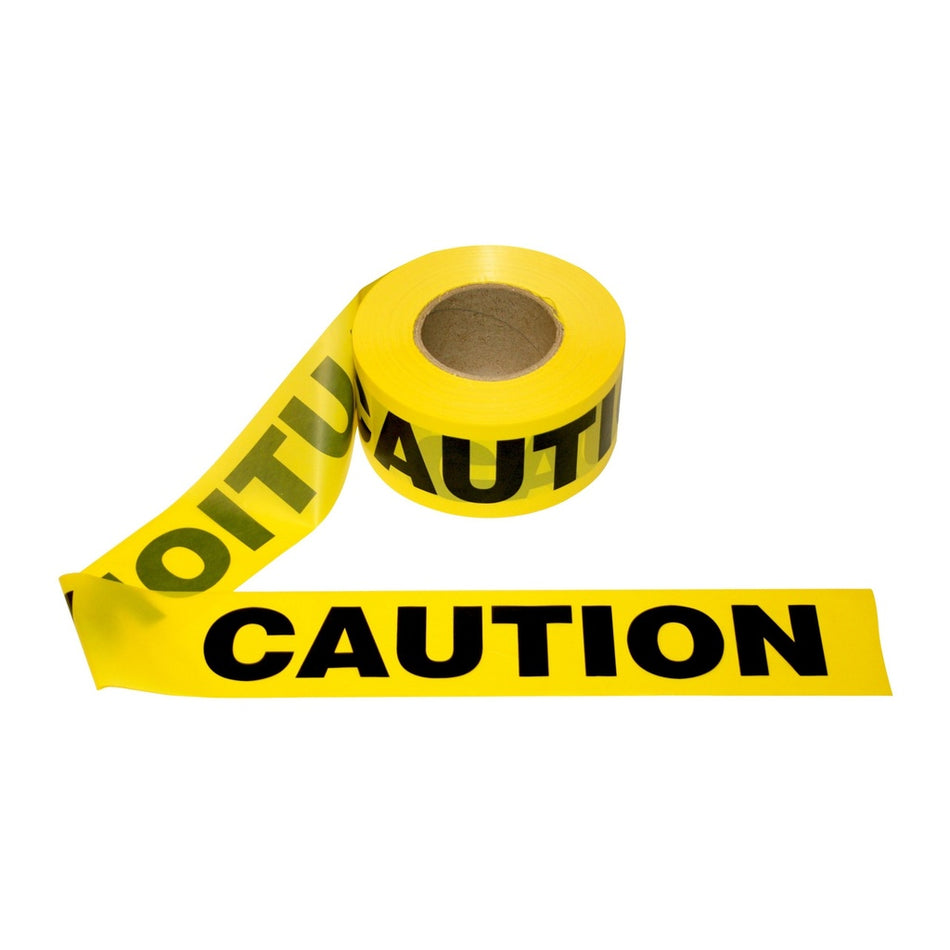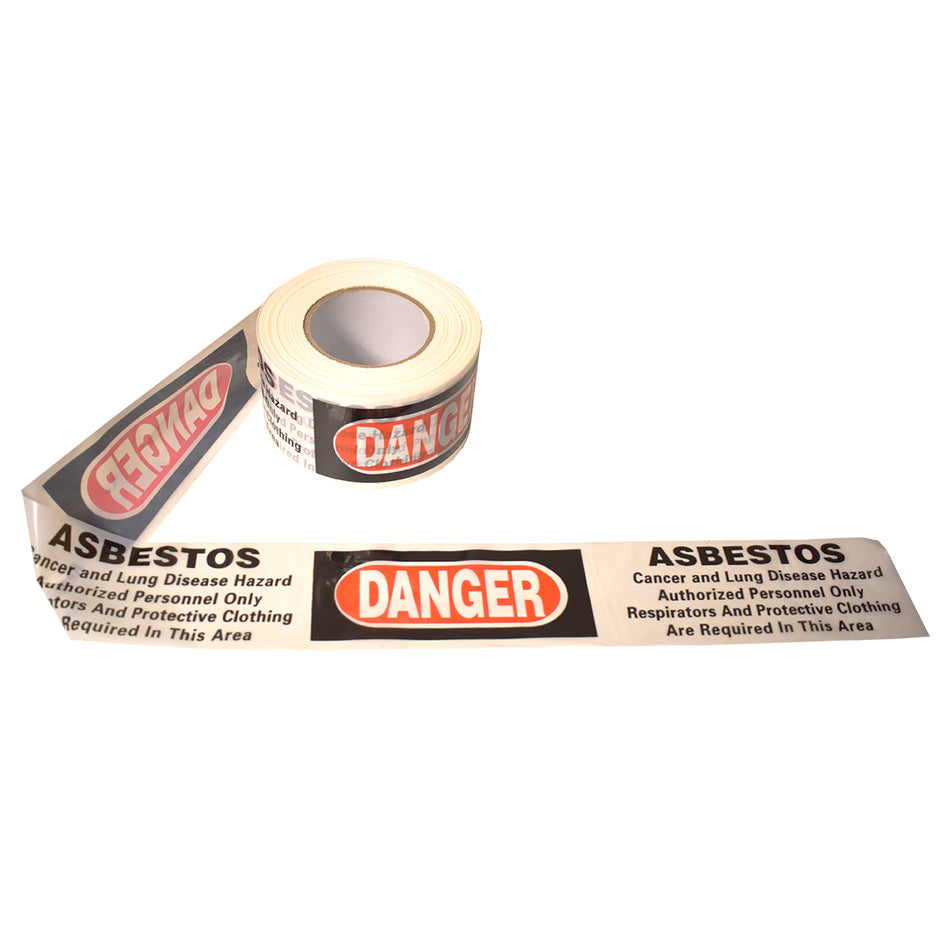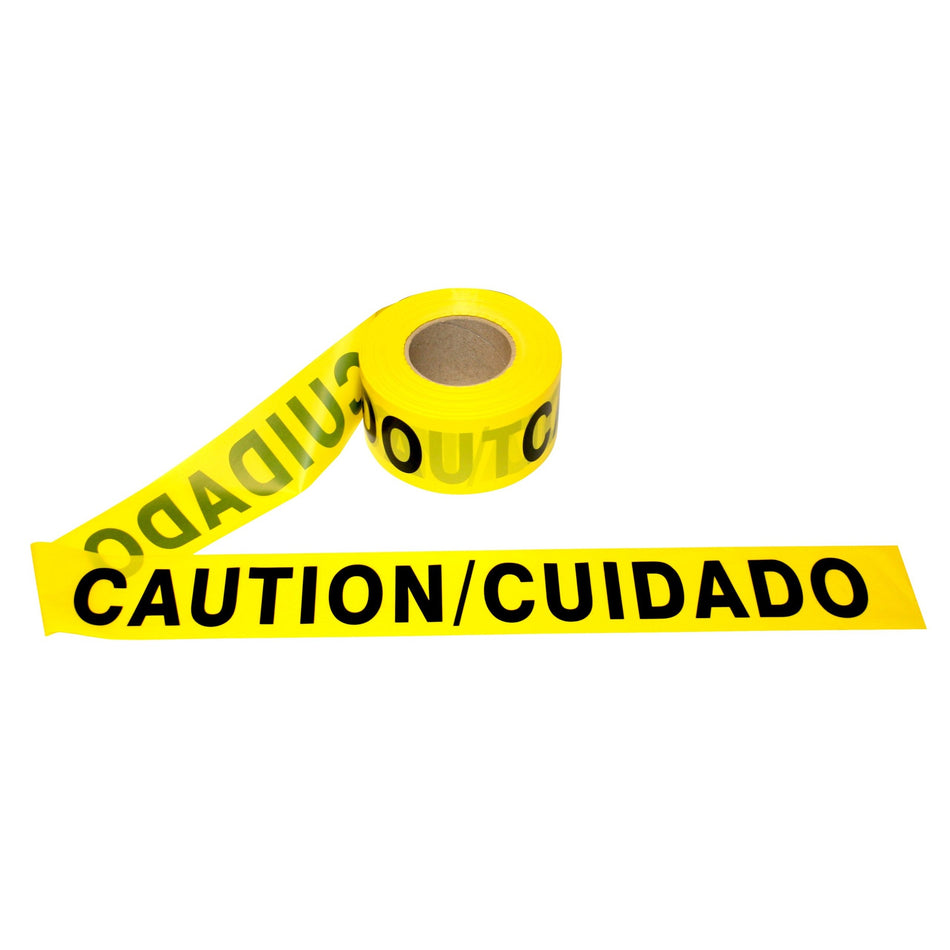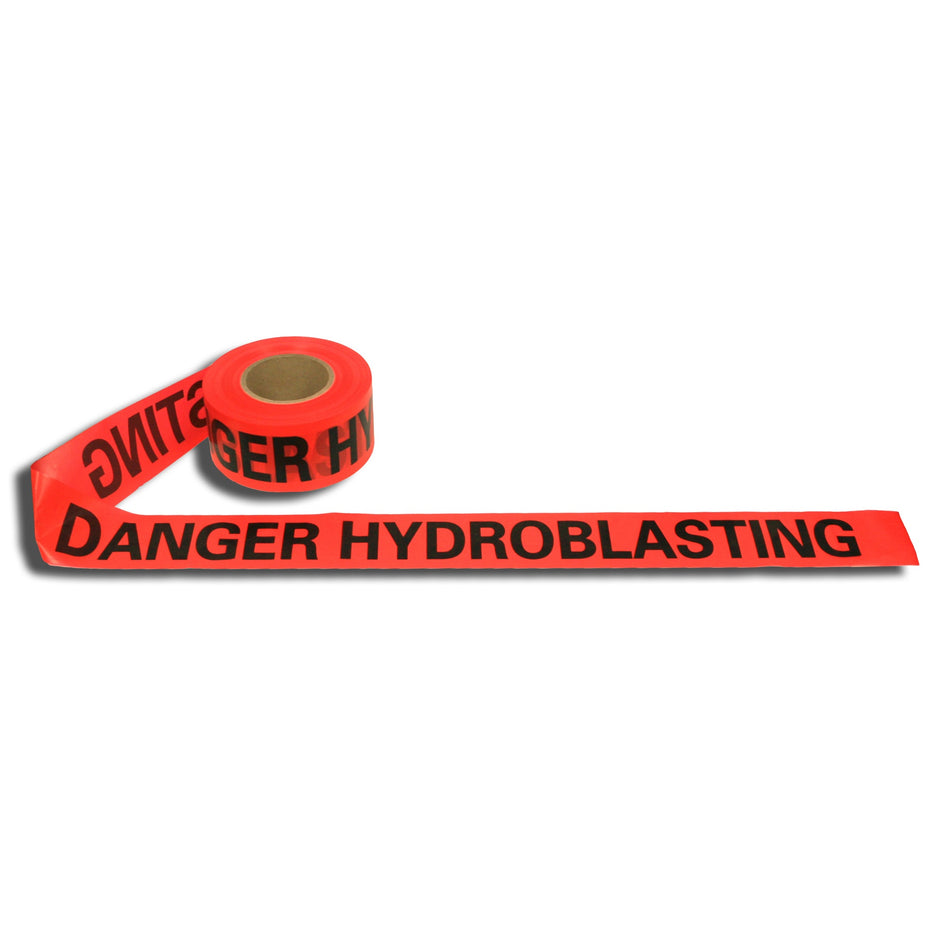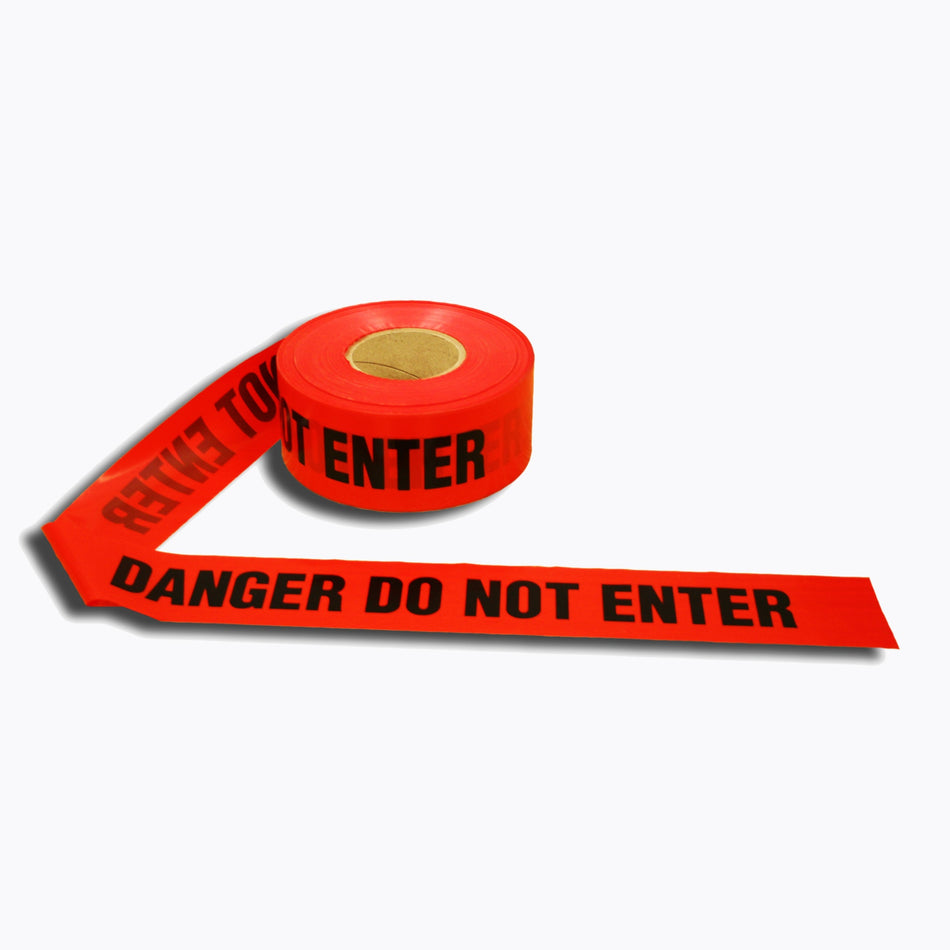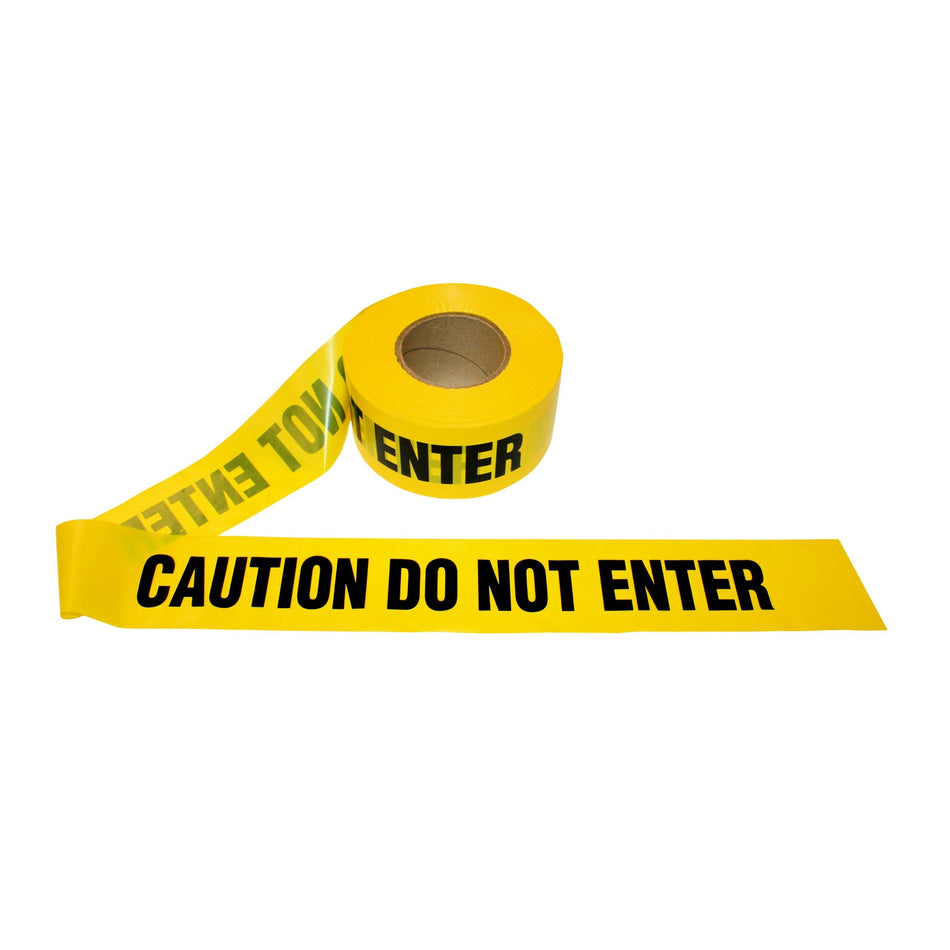6 Products
Barricade Tape
Barricade tape is a brightly colored, non-adhesive tape used to warn or restrict access to hazardous or controlled areas.
Barricade tape is a simple yet essential safety tool used to mark off hazardous areas, restrict access, and communicate warnings in work zones and public spaces. We offer high-visibility barricade tape designed to help construction crews, maintenance workers, and utility teams control space and improve safety. Whether you're signaling a minor caution or a serious danger, our tapes provide the visibility and clarity you need to keep people safe and informed.
You can choose barricade tape in multiple colors and warning messages to match the specific level of hazard. Use yellow caution tape to alert people to general hazards, red danger tape for immediate threats, or white tape for zoning and organizational purposes. Made from durable materials that withstand wind, rain, and sun exposure, our barricade tape holds up in demanding environments.
Product Features
-
Firstly, bright colors and bold lettering ensure maximum visibility in all lighting conditions.
-
Secondly, available in yellow (caution), red (danger), and white for specific zoning or hazard levels.
-
Thirdly, lightweight, durable construction resists tearing, weather, and UV exposure.
-
Fourthly, ideal for temporary area marking in construction, utility, event, or emergency settings.
-
Lastly, clearly printed safety messages help communicate risks and control movement around work zones.
Barricade Tape Common Applications
-
Construction and maintenance job sites
-
Utility work and road repairs
-
Hazardous material containment areas
-
Event crowd control and public safety zones
-
Emergency response and scene management
Mark off hazards with clarity using barricade tape from Inland Empire Safety & Supply—your trusted source for jobsite and public safety solutions.

